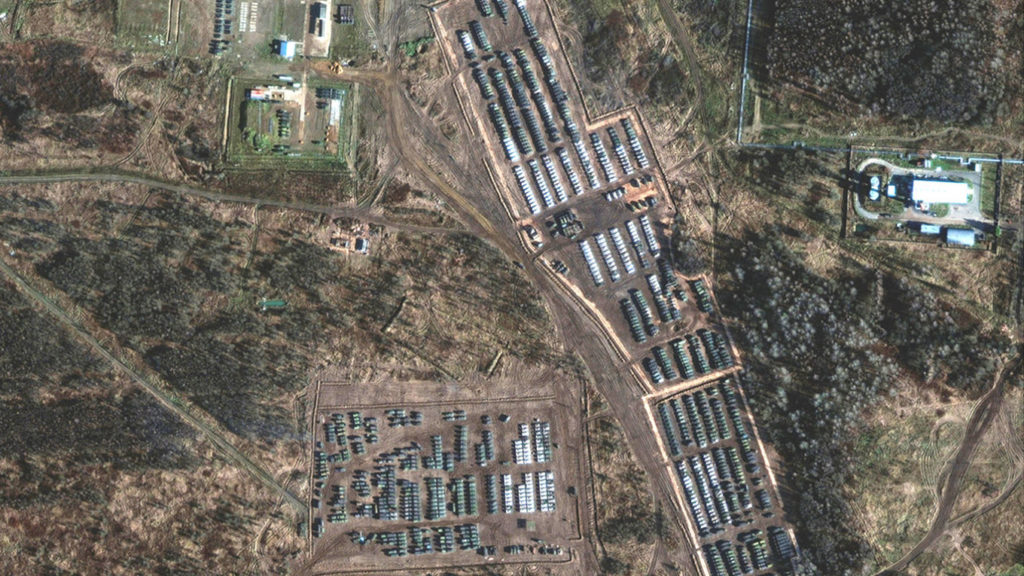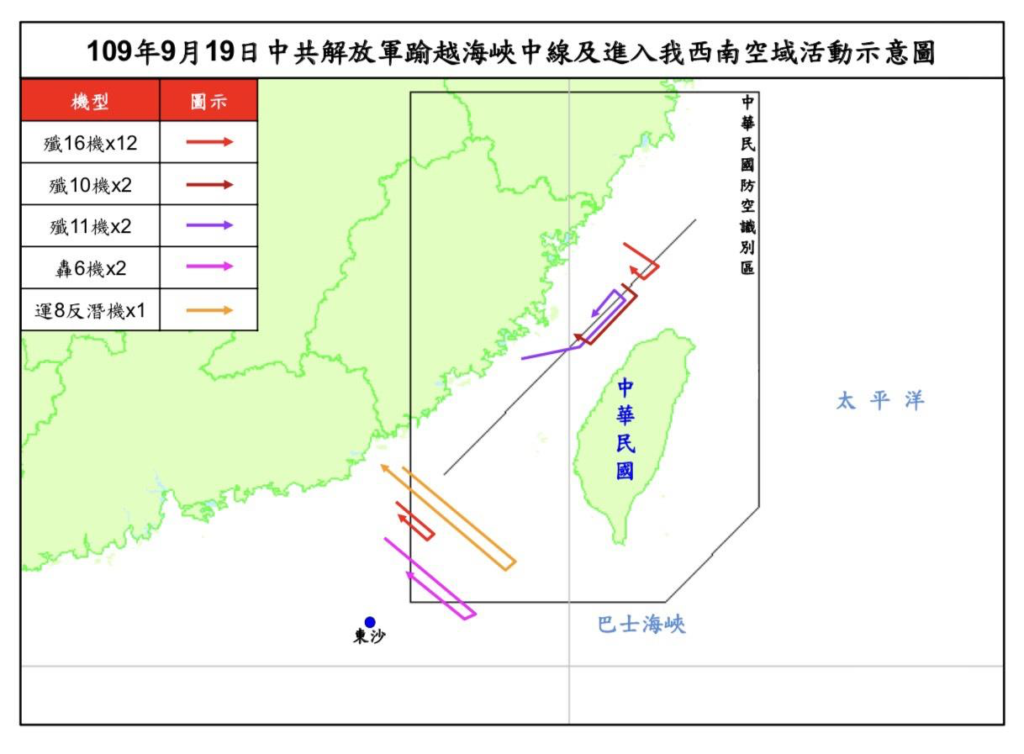Over my years in academia and then as a security official in the US, I came to believe in the importance of analytic, conceptual and terminological precision. I realised that being precise and demanding precision from others when speaking or writing was not just a pedantic obsession. Words have meaning and specific words have significant meaning. Once uttered or written, words have real world implications and consequences, and if they are used carelessly the results are mostly for the worse because imprecision adds elements of confusion or misunderstanding into social discourse. That may or may not be done deliberately, but the potential damage is universal. Consider the following.
Perhaps because political discourse has been “securitized” after 9/11, or perhaps because the number and types of dangers have increased over the last decade, it seems that the use of the word “threat” has become standard practice in discussions of international relations and foreign policy. Social media has added additional channels through which to convey the pervasive sense of darkness on the horizon.
We hear of the threat posed by climate change; the threat of unchecked migration on once-stable liberal democracies; the threat of Chinese/Russian/US/Iranian/Israeli/North Korean aggression; the threat of various types of sub- and non-state ideological terrorism; the threat of drugs; the threat of crime; the threat of non-heteronormative Christian patriarchical lifestyles on “traditional values;” the threat of cyber crime and warfare; the threat of disinformation and direct influence campaigns on domestic politics; the threat of the surveillance and other aspects of the “Deep” State; the threat of species and planetary extinction, and so on. To consume news and current events reporting these days is to consume a multi-variegated diet of threat.
But is the use of the term justified? Could it be that the English-language media are conflating “threat” with “warning,” which is not the same thing? In order to better understand the concepts of “threat,” “threatened” and “threatening” in the discussion of international affairs, this essay will attempt to unpack its conceptual foundations. Among other things, this will allow us to differentiate between warnings, on the one hand, and threats properly construed.
A threat is a danger in the making: imminent, forthcoming or potential. Threats can be physical, material (say, economic), cultural (e.g. to identity), social (to cohesion), psychological and/or spiritual. Threats can be the work of nature, humans or both working consciously or unconsciously in concert (e.g. the impact of carbon emissions on oceanic water temperatures and sea levels or of a human-made virus escaping from a laboratory). They can be existential or circumstantial, They can be immutable, intractable and ever-present or they can be ameliorated, mitigated or eliminated.
When we speak of “threatening” or “threatened” we are referring to future courses of action in which danger materializes and is applied. Again, this danger can come in many guises, from kinetic force to psychological pressure or enforced material deprivation. If consciously applied as an act of human volition, the object is punitive: to place a targeted subject under some form of duress by invoking a danger towards them, where the threat is a signal of intent. Conversely, to be threatened to is to believe and perceive to be in danger. That is not always due to the actions of others—a tornado touching down a half mile away is a mortal threat to those in the vicinity.
This is different than a warning or being warned. A “warning” does not always carry with it the certainty of danger or punitive action and while it may precede a threat, to be warned is not the same as being threatened. A warning is advice about something to be avoided or at least aware of, or of the ramifications of potentially negative course of action, or a caution against further action. To be warned is to be put on notice that failure to respond to or ignore a given activity might or could result in adverse consequences. These may or may not involve the threat of danger. The importance of the distinction is in the implicit punitive action inherent in a threat. One can be warned about an impending threat (say, thunderstorms that start to develop funnel clouds), but warnings can also be advisory or precautionary where danger is not involved (for example, a warning about shaking a fizzy drink bottle before opening it).
In foreign relations states issue warnings all of the time, both to others as well as their own citizens. States may warn friends and allies as well as adversaries. These warnings may ascend a ladder of punitive sanction into open threats (against others) or legal sanctions (against citizens), but properly understood are at the low end of state advisories. That is why much of what is reported as “threats” and “threatening” on the part of states are in fact no such thing—they are warnings of various sorts.
In international relations, for a threat to be credible and move beyond a mere warning, the author must display the capability, intent, and relative power to punitively apply duress to the subject of the threat. Moreover, the subject must understand the threat as given and be unable to deter or reply in kind. In other words, for a threat to be credible and for a recipient to feel genuinely threatened, there must be a power imbalance between author and subject that the subject cannot counter short of acquiescence. For example, New Zealand may credibly threaten small island neighbors in the South Pacific, assuming that the latter do not have the protection of a larger state. But New Zealand cannot threaten larger states. Conversely, larger states such as the US or China can threaten many entities in many ways given the relative power asymmetries in their favor. Middle powers such as Australia may threaten some states and other actors but not others, again, depending on the power balances involved in each relationship (which are bound to involve inter-connected others as well). The point is that while all states can issue warnings of various sorts, threats are contingent on their credibility, which in turn are dependent on the power relationships underpinning them. Without power asymmetries in their favour, threats are idle at best or bluffs at worst. This can lead to unintended negative consequences for those who play loose with the concept.
Here is a genuine threat: the current Russian military buildup along the Eastern Ukrainian border. This is not merely a drill. Forward placement of fuel trucks amid multi-platform armoured columns, deployment of field artillery and ground attack aircraft and presence of paratroop units signal real intent. Russia has clearly stated that it will not allow Ukraine to join NATO and will use force to do so. It has a proven track record in this regard, as the 2014 annexation of Crimea and occupation of parts of the Kherson Oblast and Donbas regions attest. Similarly, Russia’s invasion of the Transcaucasia region of Georgia and support for separatist government in South Ossetia and Abkhazia in 2008 was argued along the same lines: Russia would not stand for Georgian integration into NATO because, as is the case with Ukraine today, it is considered a strategically important buffer zone protecting the Russian mainland from Western aggression. Whatever the legitimacy of its rationale, given its proven reputation to use force, its military superiority over Ukraine and the West’s inability to deter it with sanctions and unwillingness to use counter-force to bolster Ukrainian defences, the massing of Russian military units (some 100,000 strong) along Ukraine’s border is very much a threat that will likely lead to action

Now consider this contrasting example: we read and hear about how military aircraft from the PRC regularly enter into Taiwanese airspace in order to convey a threat about a potential future invasion. However, the reality is that Chinese warplanes fly sorties in the Taiwanese Air Defence Identification Zone (ADIZ) that includes part of the mainland provinces of Fujian, Zhejiang and Jiangxi as well as parts of the East China Sea (Sea of Japan) and South China Sea. This is is not Taiwanese territorial airspace and the Taiwanese do not bother to respond to most PLAA flights exercising over the mainland. At most, the PLAA flights in the Taiwanese ADIZ can be construed as warnings about future intent and capabilities, but of themselves are not a threat. That would change if PLAA sorties violate Taiwanese sovereign territorial airspace, at which point the threat should be considered real.

Source: Republic of China (Taiwan) Ministry of National Defense.
The image above is of PLAA sorties into the Taiwanese ADIZ in September 2020, including those that cross the so-called median line that divides the Formosa Strait. The PRC has its own ADIZ that includes all of the airspace above Taiwan as well as the entire East China Sea and most of the northern South China Sea, yet does not assert overflight rights in Taiwanese 12-mile territorial airspace. This belies claims that it is engaging in “threatening” behaviour towards Taiwan, at least for the moment.
The problem with misidentifying PLAA exercises in the ADIZ as threats to Taiwan is that this can lead media commentators and nationalist politicians in the PRC, Taiwan and elsewhere to misread what is happening and prepare accordingly. That in turn creates a classic security dilemma whereby policy makers misperceive or misconstrue what is really happening (warnings) for something that it really is not (threats), prepare as if what is misconstrued is real and, hyped by media-driven nationalist fervor, get locked into pre-emptive or preventative war logics that cause them to stumble into armed confrontations that are otherwise avoidable. At that point the escalatory chain to all-out war is unlocked.
This returns us to the original point of the post. There are practical implications to the misconstruing of or confusion between warnings and threats. Media conflation of warnings and threats can lead to miscalculation and unintended negative consequences. For media types, conceptual and semantic precision is often downplayed in favor of attention-grabbing but erroneous statements. This is particularly the case for headline writers in print and audio-visual media, who want to drive eyeballs onto stories in order to generate clicks or views that in turn translate into advertising revenue.
This logic is impeccable in revenue-generating terms, but the media do not have to suffer the consequences of their terminological imprecision. Those are worn by others, and the others are not just security policy makers in contested spaces.
That is why insisting on discursive precision is not just a pedantic concern. Instead, it is the real-world implications that argue best for analytic, conceptual and terminological precision in foreign policy discussions.
